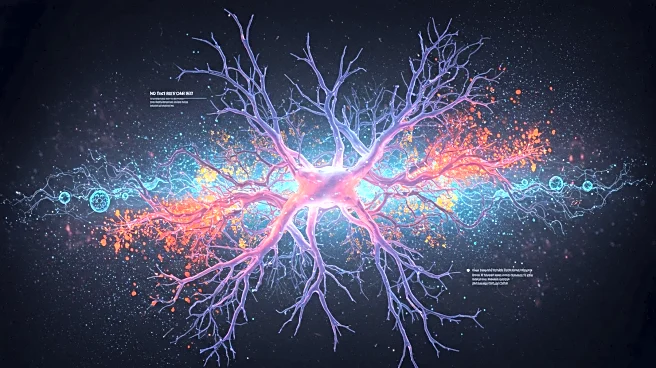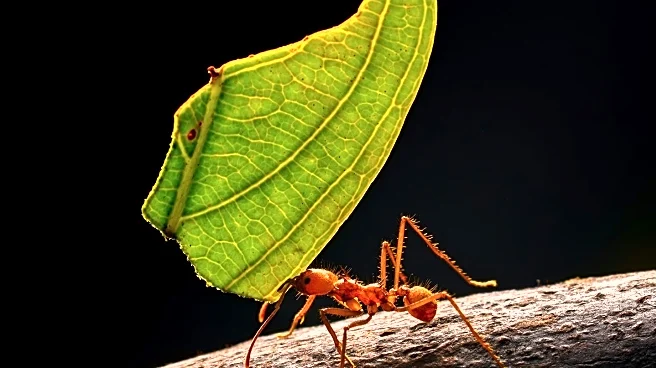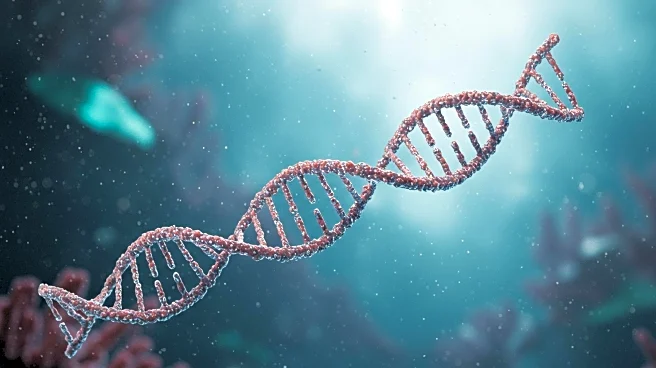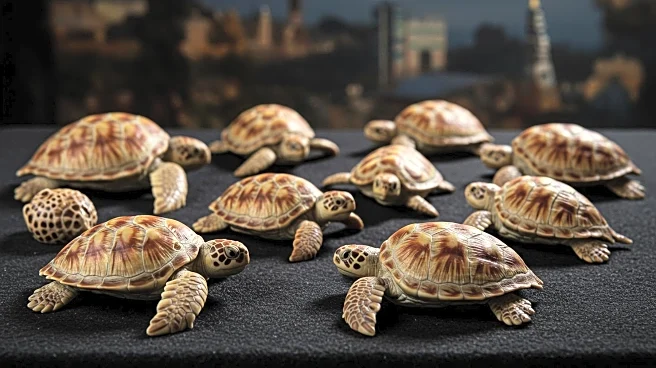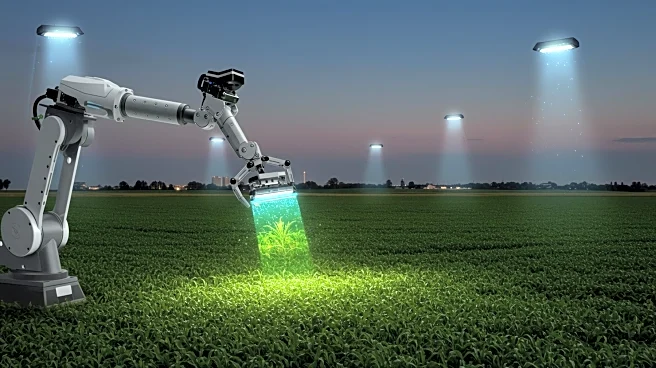What's Happening?
A study has developed a deep learning framework using YOLOv12 to automate the classification of bone fragments in Barn Owl pellets. This innovative approach aims to improve ecological monitoring by rapidly identifying rodent skeletal components, supporting conservation and pest management efforts. The model demonstrated high accuracy in classifying femurs, mandibles, pubis bones, and skulls, although it occasionally misclassified background regions as femurs. The framework offers a scalable solution for analyzing large-scale pellet surveys, outperforming manual methods in speed and consistency. The study highlights the potential of AI-driven image analysis in ecological research and pest management.
Why It's Important?
The application of deep learning in ecological monitoring represents a significant advancement in conservation biology. Automating bone fragment classification enhances the efficiency and accuracy of rodent population estimates, crucial for targeted pest management interventions. This approach offers a cost-effective, non-invasive alternative to conventional trapping methods, which are often logistically challenging. By providing high-resolution data on small mammal community composition, the framework supports ecological studies and integrated pest management strategies. The study demonstrates the potential of AI to transform ecological research, offering scalable solutions for monitoring biodiversity and predator-prey dynamics.
What's Next?
Future research will focus on expanding the anatomical class diversity and improving sensitivity for smaller bone fragments. Incorporating segmentation models may address challenges related to overlapping objects in densely packed pellet contents. Broader testing across different owl populations and prey assemblages is necessary to validate the model's robustness under diverse field conditions. Enhancing model generalizability through domain adaptation and synthetic data augmentation may further improve cross-habitat applicability. The study encourages the adoption of AI in conservation biology, with potential extensions to other ecological use cases involving fragmented biological material.





